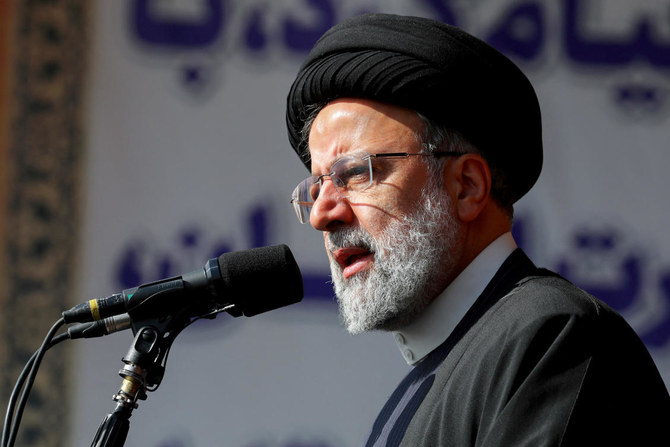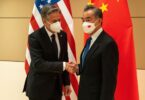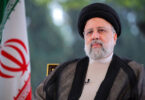Iran’s Foreign Ministry’s Spokesman told the media that Iranian President Ebrahim Raisi has officially sent an invitation to His Highness, King Sulman bin Abdulaziz of Saudi Arabia to visit the country, in return for an invitation by Riyadh for him while the response of the Kingdom in this regard is pending so far.
Iran and Saudi Arabia kicked off an extreme level of diplomatic and trade engagements to repair their fractured ties after two decades of pause and hostility. After the landmark Chinese brokered deal in Beijing, both nations are vigorously reducing their gap, overcoming challenges, and cementing their relations through kinetic diplomacy and uninterrupted engagement between them. There had been multiple high-level contacts between Riyadh and Tehran over the past weeks, both counties are preparing to reopen their embassies and consulates in each other nations to encourage travel and tourism and boost bilateral trade and investment. At the same time, delegation-level talks between the two states are underway to expand their cooperation, resume flights, establish businesses to businesses mechanisms, and promote people-to-people contacts to make their rapprochement more comprehensive and equally beneficial.
Apparently, the Saudi-Iran reunion would have far-reaching effects on regional geopolitical landscapes as positive momentum has already taken place in the diplomatic and security affairs because close Gulf allies of Saudi Arabia including the UAE, Bahrain, Kuwait, and other states have started normalizing their bilateral ties with Tehran while the warring Yemeni groups are negotiating a truce to bring peace in the conflict-hit country. The Saudi-Iran deal has increased the scope for a negotiated peace in Syria and the settlement of Arab- Bashr-ul-Asad ties. At the same time, the current wave of Muslim brotherhood, tolerance, and affinity would have a constructive and healing impact on the post-Arab Spring Libya, and Lebanon and is likely to act as a source of confidence and hope for unarmed Palestinians, who are facing brutal Israeli hostility in occupied West Bank, Gaza, and East Jerusalem.
Historically, the Muslim world had paid a heavy price for the Saudi-Iran rivalry, as a majority of Muslim nations from East Asia to Western Africa remained victims of sectarian violence and foreign proxies over the past decades, while sectarian polarization badly hurt the economic and security interests of Muslim countries in most parts of the world. Presently, the Riyadh-Tehran rapprochement has opened up new avenues of cooperation between the two countries. Riyadh might feel some relief in the face of enhanced security threats from Tehran-backed Houthis while both countries can easily forge a win-win mechanism in other contested regions in the broader Middle East and North African region. Both countries face tremendous challenges regarding Iran’s nuclear program and global economic sanctions against Tehran that pose great hurdles to bilateral trade and cooperation in a post-reunion period of longtime contenders.
Amid applause from across Asia and stern criticism from the West, both muscular Muslim nations are all set to receive each other heads of state to lay the foundation of a historic era of friendship, durable peace, trade, and economic partnership between them. Pakistan is one of the several other Muslim countries, that desired to take credit for making up such an ideal and long-awaited movement but failed due to internal chaos and instability over the past year. In the current scenario, the leadership of Saudi Arabia and Iran needs to exercise extreme caution to foil anti-Muslim conspiracies and avoid getting derailed from their track, so their relations move in an upward trajectory and lead to a new era of peace, development, and cooperation among the Muslim world in the future.







